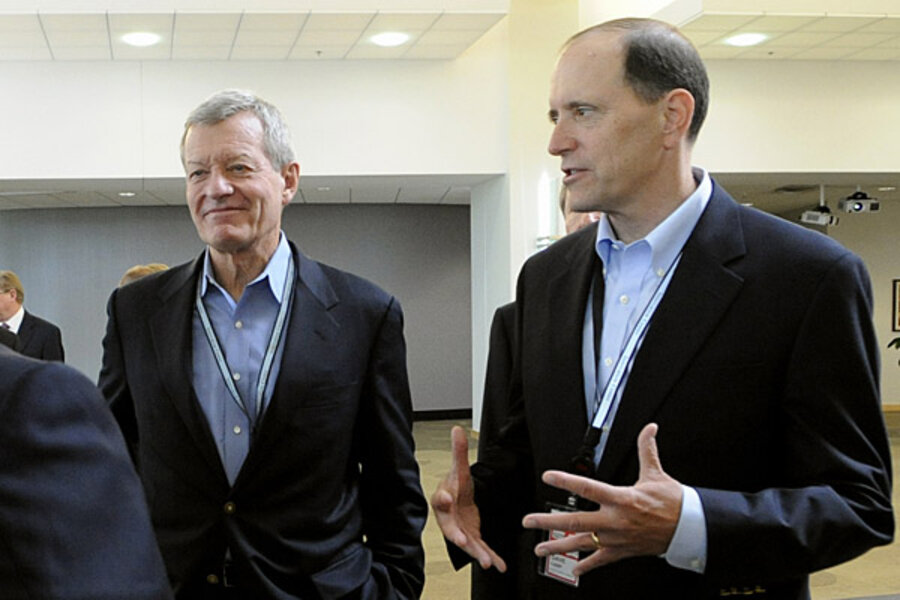Beware of tax reform that promises deep rate cuts
Loading...
Two new studies show just how hard a time Congress will have trying to slash tax rates without adding trillions of dollars to the budget deficit and producing a massive tax windfall for the highest-income American households.
Last week, the congressional Joint Committee on Taxation estimated that a tax plan that cuts individual rates to 10 percent and 25 percent and repeals the Alternative Minimum Tax would add almost $3.8 trillion to the budget deficit over 10 years. A plan to cut the corporate rate to 25 percent and repeal the corporate AMT would add another $1.3 trillion to the deficit.
Now the Tax Policy Center has looked at how the individual design would affect households in various income groups. Not only would such a rewrite dig a deep fiscal hole but it would also be extremely regressive. In 2015, it would cut taxes for those households in the lowest 20 percent of income (who will make roughly $25,000 or less) by an average of $3. By contrast, those in the top 1 percent (who will make an average of $2.1 million) would get an average tax cut of almost $145,000, a 10 percent boost in their after-tax income.
Middle income households (who will make an average of about $66,000) would get about $700, boosting their after-tax income by about 1.2 percent.
To put it another way, the top 20 percent of households would get nearly four-fifths of the tax cut. The top 1 percent would get more than half.
The TPC estimates use our new expanded cash income measure and thus are somewhat different than earlier estimates of similar proposals.
Keep in mind: No one has proposed a plan exactly like this. While many top congressional Republicans favor a similar rate strucure, they also say they’d pay for these rate reductions by curtailing (yet-unspecified) tax preferences.
The JCT revenue estimate and the TPC distributional analysis describe the challenges of enacting such a rate-cutting plan in a way that collects the same amount of money and maintains the same distribution as current revenue law.
Can this problem be solved? Honestly, with rates this low, probably not. True, Congress could generate the $3.8 trillion in revenue it needs by slashing tax preferences. But since tax expenditures amount to about $1.4 trillion-a-year, popular preferences would have to be cut to the bone to fund a $3.8 trillion tax cut. We’re not talking about loopholes anymore.
Finding this much money would be especially hard since eliminating deductions and exclusions generates less revenue at lower rates (The unforgiving math of tax reform: When the top rate is 39.6 percent, eliminating a deduction yields 39.6 cents on the dollar. If the top rate is 25 percent, eliminating the same deduction yields just 25 cents).
But if Congress aims to maintain the current distribution of tax burdens, finding $3.8 trillion solves only half the problem.
Trouble is, many tax breaks benefit low- and middle-income households, not the rich who’d be big winners from the rate cuts. For instance, the biggest beneficiaries of popular tax preferences such as the mortgage deduction and the exclusion of retirement savings and employer-provided health insurance are middle-and upper-middle income households, not the very rich.
To take just one example, TPC estimates employer-paid health benefits represent about 10 percent of income for middle-income households. Yet they represent only 0.6 percent for those in the Top 1 percent.
There is really only one place Congress can go to significantly trim tax preferences for the highest-income households. And that is capital gains, dividends, and other investment income.
The lesson from these two studies is not new, but it bears repeating: Cutting tax rates is a great idea in theory, but it is very tough to pull off.







